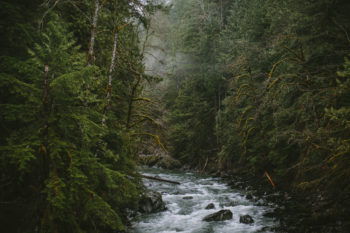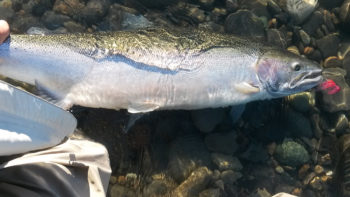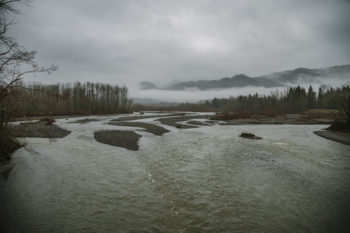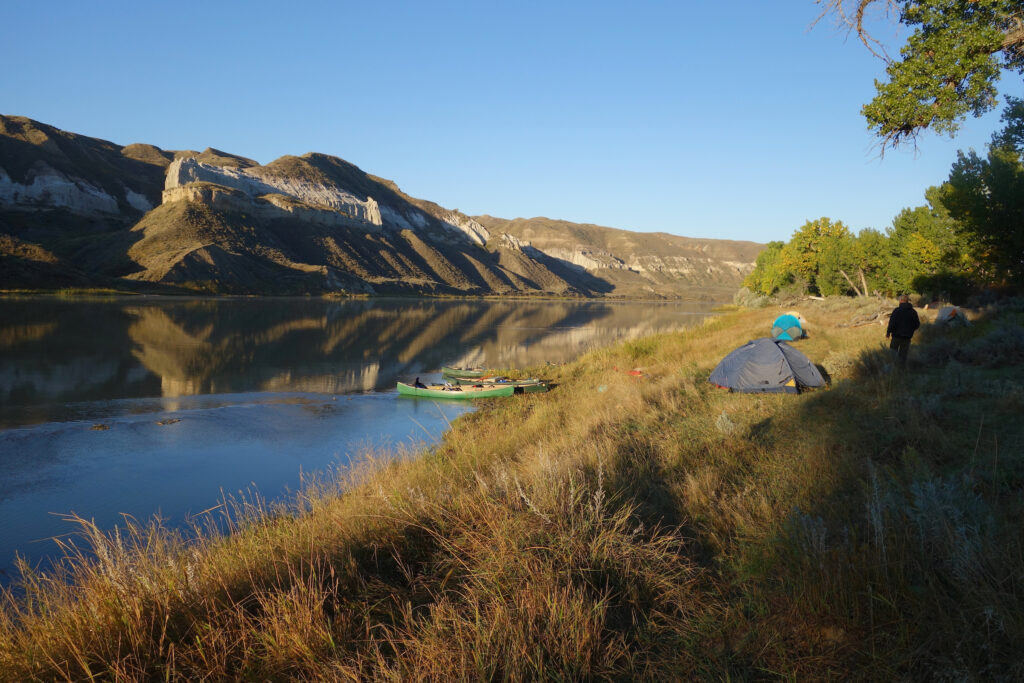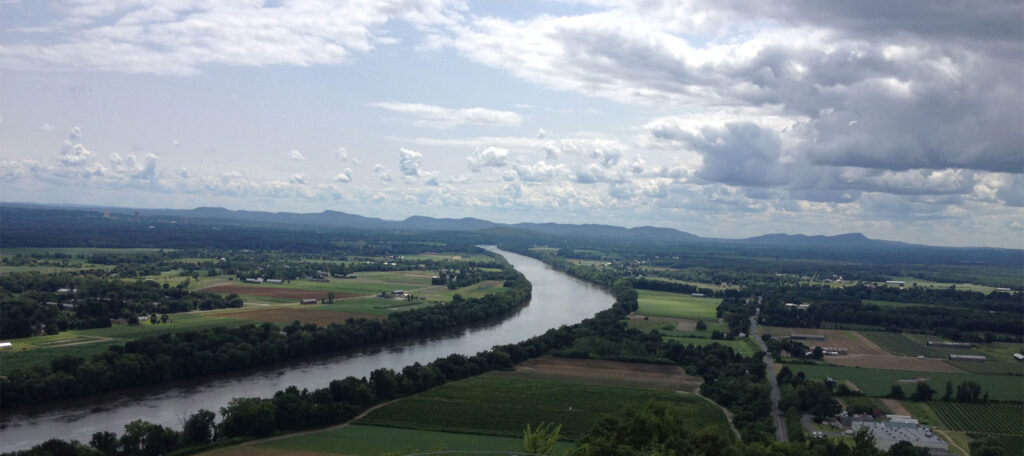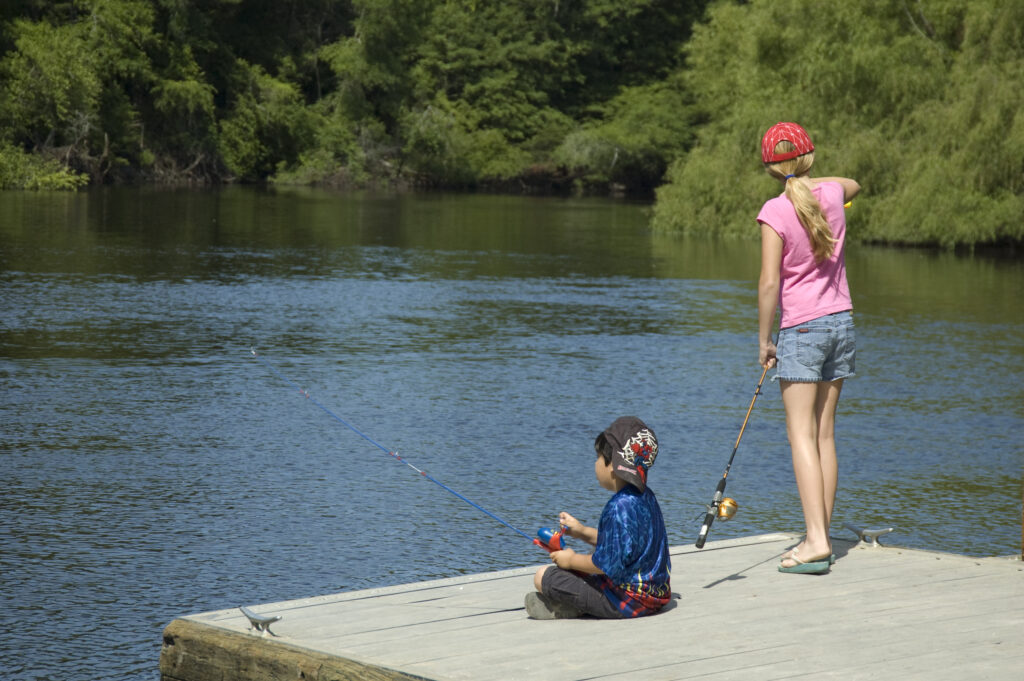Angling Memories from the Nooksack River
A diehard steelheader relives one of his greatest days chasing Washington’s most prized gamefish on a proposed Wild and Scenic River.
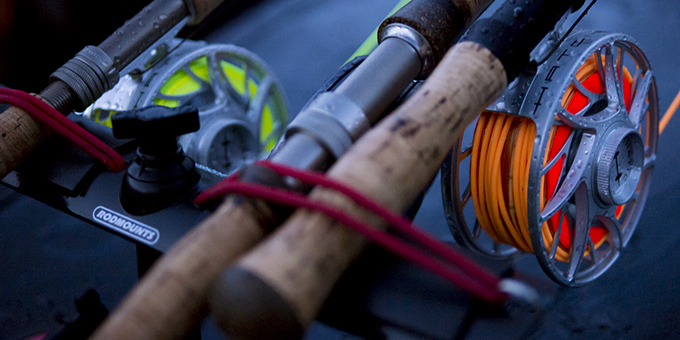
American Rivers had an opportunity to sit down with Chris Johnson from the Nooksack Wild & Scenic steering committee, to learn more about his experiences fishing on the Nooksack river.
Great to meet you Chris, could you tell us about yourself?
I’m a born-and-raised local Bellingham guy and a fisherman for almost my entire life. Having just crossed into my 62nd year on this planet, I’ve experienced some memorable days fishing our local waters. Unfortunately those days are fewer and farther between as North Puget Sound salmon and steelhead runs have declined, so too have the seasons to fish for them.
Can you talk about the changing seasons?
On the Nooksack River, the fishing season used to stay open for steelhead and bull trout until the end of March. Now the mainstem and the South Fork close at the end of January, with the North Fork closing a few weeks later on February 15.
Can you give us an example of what it used to be like on the river?
When I think about the “good ol’ days,” one particular day comes to mind. Not necessarily for the number of fish we caught, but for the beauty of a day spent in the Nooksack River watershed.
It was one March in the late 1980s when the river had been high and off-color for a while, and I had been checking the river daily once the snow level dropped. One day, I drove out to Nugent’s Corner the night before to really inspect the river—this was the pre-USGS streamflow website era—and while there was still a lot of flow, the river was beginning to clear up. I returned home, called a friend, and asked if he wanted to drift Highway 9 to Nugent’s Corner. Minutes after he said “yes,” I was in the driveway hooking up the drift boat and getting my gear together.
Early the next morning, we met at the take out, ran the shuttle, and launched the boat. There was still a lot of flow and a touch of color to the river so we made the decision to pull plugs with the hope of triggering an elusive wild, winter steelhead to strike. But after fishing the first four runs we had no fish and zero takes. Since there were already a lot of boats on the river and just about all of them were ahead of us, we realized we were not getting any coveted first water. But since steelheaders are optimistic people, we pushed on with all the hope and energy we could muster.
As we slid the boat down a riffle into the Shake Mill hole (the run is long gone, thanks to the dynamic and wild nature of the Nooksack drainage), we let out our lines and I began pulling on the oars, backing the plugs down the run. We had a small bucket we were trying to hit, which put us so tight to the high bank side that my right oar was hitting the rip rap. About halfway down the run, just as I noticed a big white rock next to me, the inside rod went off, shaking violently with an angry fish on the end. A mad scramble ensued as I grabbed the rod and we switched places. My buddy rowed across the river to the soft water, where we could safely land and release this hard fought Nooksack River wild steelhead.
“Nice fish,” I said as the steelhead came into view. “Ten or 12 pounds I’d guess, but I think we better do that again!”
I hopped back into the rower’s seat, headed back up to the top, and started the process all over again. We followed the same drill which yielded similar results. Right next to the white rock, tight to the bank, and the inside rod went off again. This time the steelhead went on a finger-burning run, cleared the water, but was much bigger and more aggressive in nature than the previous fish.
After a good battle, we ferried across the river and pulled her alongside the boat. She was an absolute beauty. All of 15 pounds and dime-bright, just days in the river from her migratory run through Puget Sound and the North Pacific Ocean. After we released her I thought we should see if we can replicate what just happened one more time.
Again, I hopped on the oars and pulled the boat back to the top for another pass. I slowly backed the plugs down the run and as we approached the white rock my pulse began to quicken. Could there be another fish there, after all these boats had fished through this run before us? Sure enough, as we slid next to the white rock, the rod buried once again. The fish made a long, slow, dogged run. Then it exploded at the surface, giving us a flash of its brute strength.
After a long stubborn tussle he came sliding alongside the boat, ready to be released. What we saw was a magnificent male wild steelhead, pushing the mid-twenties weight class. His jaw was just beginning to kipe and there was a beautiful rosy pink hue on his gill plate that tracked all the way down his lateral sides.
It was an absolute specimen and to this day the biggest steelhead I have ever caught. We caught no more fish the rest of the day, but that didn’t matter at all after the spoiled morning we just had. That one wild winter steelhead was well worth the price of admission.
What’s changed with the river since then?
Days and fish like that are becoming rarer as time passes. As the state fish of Washington, we need to do all that we can to protect wild steelhead and their habitat. Take the lower Nooksack, which has been hammered by civilization, from dikes and stormwater run-off to roads and loss of riparian vegetation, this infringement on their habitat has taken a toll on the native fish.
What more can be done to help?
While the lower and middle Nooksack River habitat improvements are limited (there are great habitat restoration efforts being completed by a variety of stakeholders), we still have an opportunity to permanently protect the upstream habitat, which is still somewhat intact and considered a vital connection to the anadromous life-cycle of steelhead and salmon. But without permanent protections for the Nooksack, the great habitat restoration efforts happening on the lower river would not be able to carry the recovery load if we lose the upstream habitat and spawning grounds for many of these fish.
For the last few years, I’ve been working as a volunteer with the goal of designating portions of the upper Nooksack River forks and tributaries as Wild & Scenic. My hope is that if we can achieve these lasting protections, they can aid in the recovery of wild steelhead and salmon, help populations rebound, and one day I could be back fishing the river in March, sliding the boat patiently down each run with the potential of connecting with another North Puget Sound wild winter steelhead.
[su_button url=”https://www.nooksackwildandscenic.com/” background=”#ef8c2d” size=”4″ center=”yes”]Sign the petition to support our Nooksack Wild & Scenic River campaign »[/su_button]

